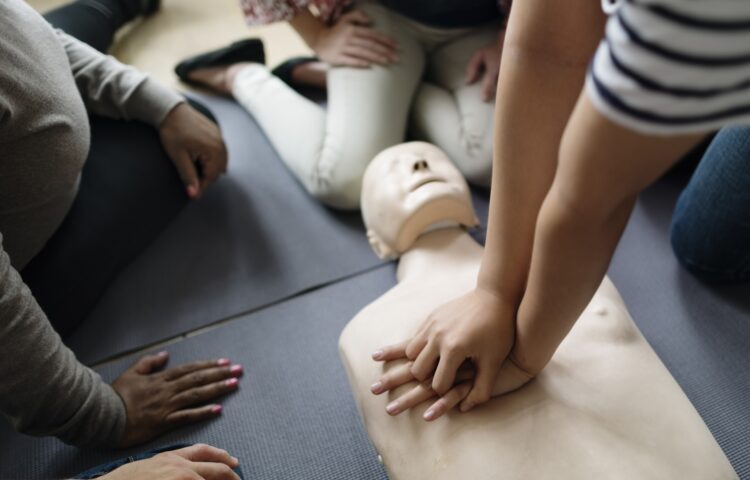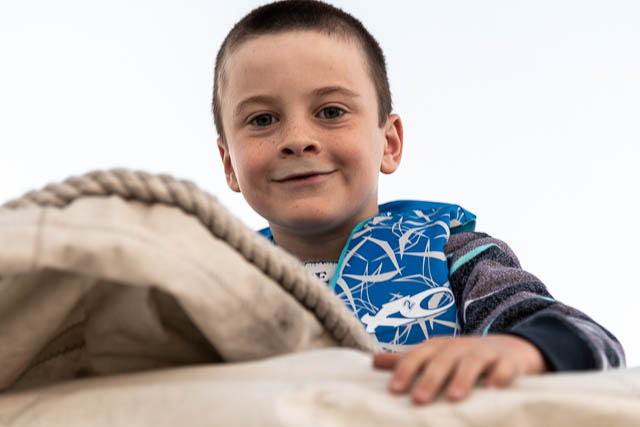Imagine you’re walking through the park, on a play date with a good friend and both of your children, when the outing takes an unexpected turn.
Your friend stops mid-stride, struggling to catch her breath. She begins sweating, and before you can understand what’s happening, she’s collapsed on the ground. What do you do?
Cardiac arrest is an electrical malfunction in the heart that causes an irregular heartbeat (also called arrhythmia) and disrupts the flow of blood to the brain, lungs and other organs. It’s a leading cause of natural death in the United States.
Each year, some 350,000 people experience cardiac arrest outside of a hospital setting. Of those, 90% will die. And while the prompt administration of CPR can double—or even triple—a person’s chance of surviving a heart attack, most bystanders feel helpless to act when it’s most important. Either they’re not confident in their abilities to give CPR to a person who needs it, or they’re afraid of causing more harm to that person.
That’s where Hands-Only CPR comes in. It’s just what it sounds like: the life-saving benefits of traditional CPR, but without the breaths. And when a friend or a family member suffers a cardiac arrest in public, at a home, or at work, Hands-Only CPR can make an enormous difference in their chances of survival.
Here’s how it works: If you see a teenager or adult collapse suddenly, you’ll first call 9-1-1. Then, you’ll push hard and fast in the center of the chest. As a guide, use the beat of the disco song “Stayin’ Alive.” If you continue with the beat of the song, you’ll push on the chest at a rate of at least 100 to 120 compressions per minute, which is ideal.
It’s important to remember that the American Heart Association still recommends CPR with compressions and breaths for infants and children, and for victims of drowning, drug overdose, or those who collapse due to breathing problems.
People who’ve received instruction on Hands-Only CPR say they feel more comfortable with helping a person suffering from cardiac arrest. And the people they most often help are family members, friends, co-workers and loved ones.
Hands-Only CPR is easy to learn, and can literally mean the difference between life and death for the people closest to you. You can find an instructional video at heart.org/handsonlycpr, or find a nearby Hands-Only CPR class.



